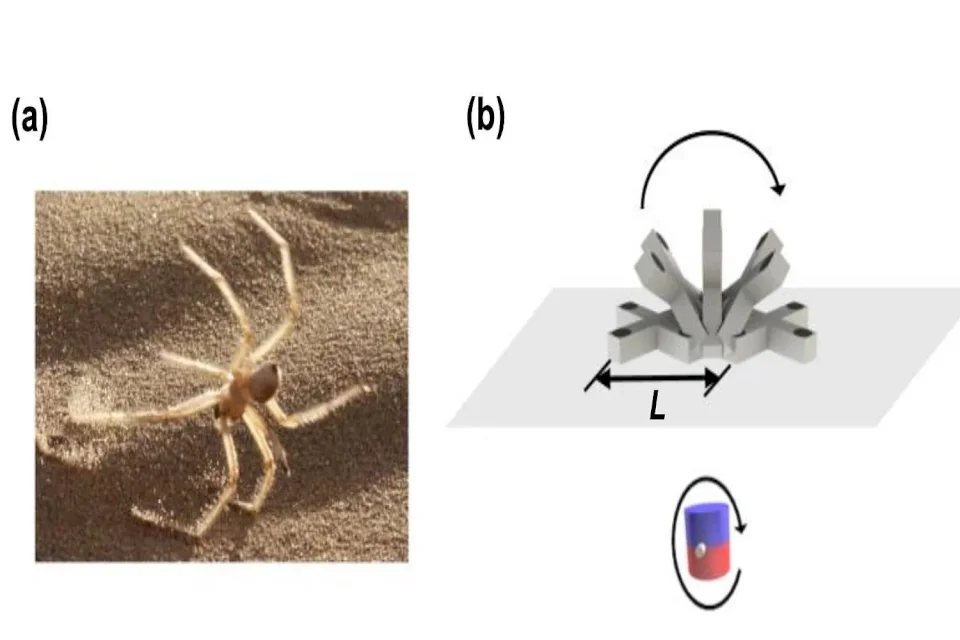
A Spider-Inspired Robot for Treating Digestive Diseases
SadaNews - Researchers from the University of Macau in China have developed a soft magnetic robot inspired by the movement of the "rolling golden spider", which can navigate through the digestive system and deliver medications precisely to targeted areas.
The researchers explained that this robot paves the way for less invasive and more effective diagnostic and treatment methods for digestive diseases. The results were published on Thursday in the (International Journal of Extreme Manufacturing).
The digestive system, which includes the mouth, esophagus, stomach, intestines, rectum, and anus, is responsible for digesting food, absorbing nutrients, and eliminating waste. With the rising rates of cancer in this system over the past decades, reliance on medical endoscopy, which is introduced through the mouth or anus or via a small incision, has become the most common method for diagnosis and treatment. However, this method is often painful and uncomfortable and does not easily reach the deep and complex areas of the intestines.
To overcome these challenges, the researchers developed the new robot, which they named (BMSR). The team drew its design from the movement of the "rolling golden spider", a type of spider capable of rolling over various terrains thanks to its unique circular motion.
The robot is made from flexible materials instead of hard mechanical parts, reducing the risk of damaging tissues and increasing patient comfort during use. Its movement is controlled by an external magnetic field, making it safer and more effective than devices equipped with motors. It also has the ability to climb surfaces at any angle and navigate natural challenges within the intestines, with the capability to deliver medications directly to targeted areas.
The robot was initially tested inside parts of the digestive systems of deceased animals with anatomical characteristics similar to those of humans. Experiments showed that it was able to move efficiently and overcome natural obstacles, such as mucosal folds and internal elevations up to 8 centimeters, without causing any tissue damage.
Additionally, experiments demonstrated its ability to deliver medications to specific locations with high precision, with the potential to integrate with endoscopes to provide real-time visibility to aid in its navigation during movement.
The researchers confirmed that these results represent a promising step toward the clinical use of magnetic robots in treating digestive diseases with less invasive and more effective methods.
The team plans to further develop the robot in the future and test it in living animals before moving on to clinical trials in humans, which could provide an innovative and effective alternative for treating digestive diseases.

Windows and Doors Generate Electricity.. An Innovation that Changes the Future of Cities

Artificial Intelligence: A Hidden Danger to Human Minds

In Numbers.. Real Madrid the "Nightmare" of Barcelona in the Spanish Super Cup

New Data Breach at Meta Reveals Sensitive Information for Millions of Instagram Users

Most Expensive Coaches in Football History

Undiagnosed Diabetes: Warning Signs Your Body Sends That Should Not Be Ignored

Egypt's Representative Professions Syndicate Head Reveals Details About Sherine's Absence

